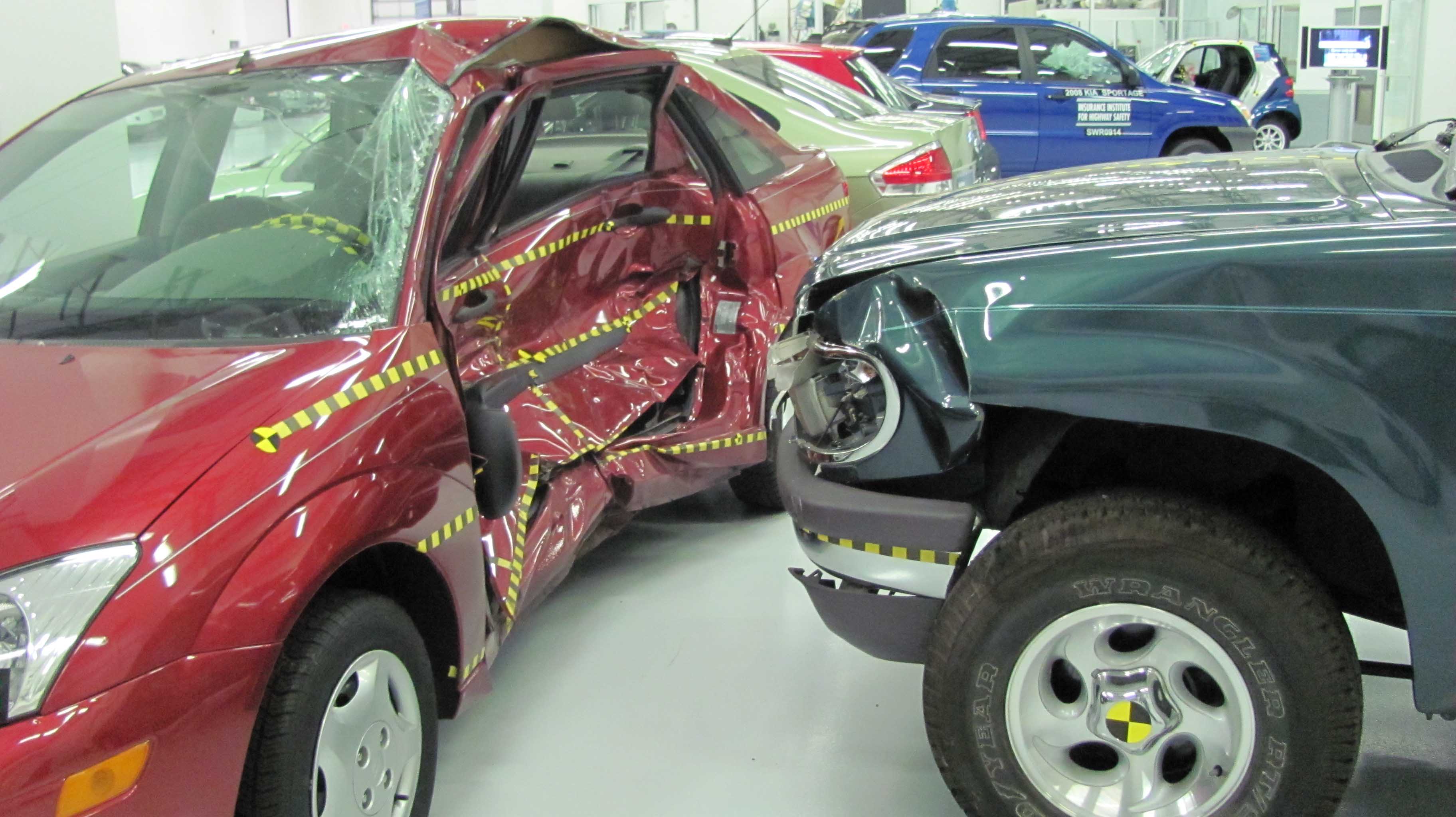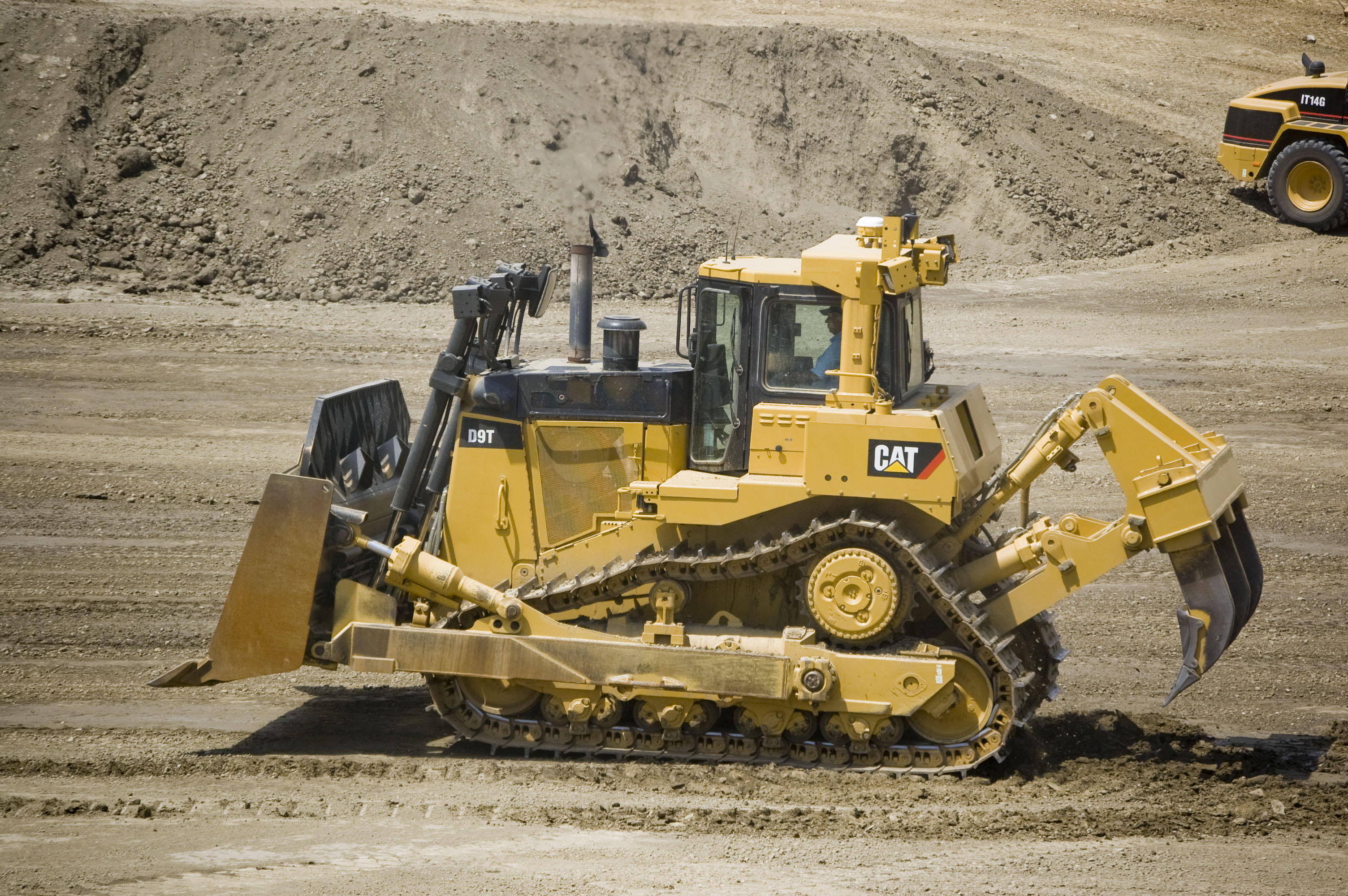|
Carryall
The term ''carryall'' refers to several types of vehicles, including: historical carriages, automobiles, sleighs, and tractors. Horse-drawn carriage Historically, a carryall was a type of carriage used in the United States in the 19th century. It is a light, four-wheeled vehicle, usually drawn by a single horse and with seats for four or more passengers. The word is derived by folk etymology from the French ''cariole''. Automobile The name carryall was later used for a panel truck with rear windows and folding rear seats, allowing for the transport of either passengers, cargo, or both. This sort of vehicle is an ancestor of today's sport utility vehicles. These vehicles were often converted by smaller coachbuilders as sales numbers were generally too small to justify tooling for series production. The Chevrolet Suburban SUV was once known as the ''Carryall Suburban''. Sleigh In Canada, the term "carryall" is often also used to refer to a type of sleigh. It is about 4&nbs ... [...More Info...] [...Related Items...] OR: [Wikipedia] [Google] [Baidu] |
Chevrolet Suburban
The Chevrolet Suburban is a series of automobiles built by the Chevrolet division of General Motors. The name started in 1934 for the 1935 U.S. model year, making it the longest continuously used automobile nameplate in production. It has traditionally been one of General Motors' most profitable vehicles. The 1935 first generation Carryall Suburban was one of the first production all-metal bodied station wagons. It now has a full-size SUV body style and comes with three engine options: a 5.3 liter V8, 6.2 liter V8 or a 3.0 liter Inline-6 turbo diesel. The Suburban was additionally produced under the GMC marque until the GMC version was rebranded as the Yukon XL. It was also briefly marketed as a Holden. For most of its recent history, the Suburban has been a station wagon−bodied version of the Chevrolet pickup truck, including the Chevrolet C/K and Silverado series of truck-based vehicles. Cadillac offers a version called the Escalade ESV. The Suburban is sold in th ... [...More Info...] [...Related Items...] OR: [Wikipedia] [Google] [Baidu] |
Sport Utility Vehicle
A sport utility vehicle (SUV) is a car classification that combines elements of road-going passenger cars with features from off-road vehicles, such as raised ground clearance and four-wheel drive. There is no commonly agreed-upon definition of an SUV and usage of the term varies between countries. Thus, it is "a loose term that traditionally covers a broad range of vehicles with four-wheel drive." Some definitions claim that an SUV must be built on a light truck chassis; however, broader definitions consider any vehicle with off-road design features to be an SUV. A crossover SUV is often defined as an SUV built with a unibody construction (as with passenger cars), however, the designations are increasingly blurred because of the capabilities of the vehicles, the labelling by marketers, and electrification of new models. The predecessors to SUVs date back to military and low-volume models from the late 1930s, and the four-wheel drive station wagons and carryalls that began ... [...More Info...] [...Related Items...] OR: [Wikipedia] [Google] [Baidu] |
Panel Truck
A panel truck (also called a panel delivery or pickup truck-based van) in U.S. and Canadian usage is a small delivery truck with a fully enclosed body. It typically is high and has no rear windows in the rear cargo area. The term was first used in the early 1910s. Panel trucks were marketed for contracting, deliveries, and other businesses. Often described as a small van (based on the chassis of a truck or pickup truck) used mostly for delivery rounds, the British equivalent is a "delivery van." History Consumer demand from farmers and businesses for stripped-down Model T versions prompted Henry Ford to market vehicles that independent builders could supply cabs and cargo enclosures according to users' needs. The U.S. Army ordered 20,000 Dodge half-ton chassis sets for use as cargo trucks and ambulances During World War I that were then marketed after the war as the "Screenside Commercial Car" - a pickup with a roof and roll-up side covers or a fully enclosed cargo-bed. Chevr ... [...More Info...] [...Related Items...] OR: [Wikipedia] [Google] [Baidu] |
Cariole
A cariole (also spelled carriole) was a type of carriage used in the 18th and the 19th century. It was a light, small, two- or four-wheeled vehicle, open or covered, drawn by a single horse. The term is also used for a light covered cart or a dog-drawn toboggan. The name is French language, French, derived from the Latin language, Latin ''carrus'', vehicle. See also *Carryall *Carriage ReferencesThe Cariole. The New York Times, September 14, 1884. Carriages {{vehicle-stub ... [...More Info...] [...Related Items...] OR: [Wikipedia] [Google] [Baidu] |
Sleigh
A sled, skid, sledge, or sleigh is a land vehicle that slides across a surface, usually of ice or snow. It is built with either a smooth underside or a separate body supported by two or more smooth, relatively narrow, longitudinal runners similar in principle to skis. This reduces the amount of friction, which helps to carry heavy loads. Some designs are used to transport passengers or cargo across relatively level ground. Others are designed to go downhill for recreation, particularly by children, or competition. (Compare cross-country skiing with its downhill cousin.) Shades of meaning differentiating the three terms often reflect regional variations depending on historical uses and prevailing climate. In British English, ''sledge'' is the general term, and more common than ''sled''. ''Toboggan'' is sometimes used synonymously with ''sledge'' but more often to refer to a particular type of sledge without runners. ''Sleigh'' refers to a moderate to large-sized, usually ... [...More Info...] [...Related Items...] OR: [Wikipedia] [Google] [Baidu] |
Carriages
A carriage is a private four-wheeled vehicle for people and is most commonly horse-drawn. Second-hand private carriages were common public transport, the equivalent of modern cars used as taxis. Carriage suspensions are by leather strapping and, on those made in recent centuries, steel springs. Two-wheeled carriages are informal and usually owner-driven. Coaches are a special category within carriages. They are carriages with four corner posts and a fixed roof. Two-wheeled war chariots and transport vehicles such as four-wheeled wagons and two-wheeled carts were forerunners of carriages. In the twenty-first century, horse-drawn carriages are occasionally used for public parades by royalty and for traditional formal ceremonies. Simplified modern versions are made for tourist transport in warm countries and for those cities where tourists expect open horse-drawn carriages to be provided. Simple metal sporting versions are still made for the sport known as competitive driving. ... [...More Info...] [...Related Items...] OR: [Wikipedia] [Google] [Baidu] |
Bulldozer
A bulldozer or dozer (also called a crawler) is a large, motorized machine equipped with a metal blade to the front for pushing material: soil, sand, snow, rubble, or rock during construction work. It travels most commonly on continuous tracks, though specialized models riding on large off-road tires are also produced. Its most popular accessory is a ripper, a large hook-like device mounted singly or in multiples in the rear to loosen dense materials. Bulldozers are used heavily in large and small scale construction, road building, minings and quarrying, on farms, in heavy industry factories, and in military applications in both peace and wartime. The word "bulldozer" refers only to a motorized unit fitted with a blade designed for pushing. The word is sometimes used inaccurately for other heavy equipment such as a front-end loader designed for carrying rather than pushing material. Description Typically, bulldozers are large and powerful tracked heavy equipment. T ... [...More Info...] [...Related Items...] OR: [Wikipedia] [Google] [Baidu] |
Tractor
A tractor is an engineering vehicle specifically designed to deliver a high tractive effort (or torque) at slow speeds, for the purposes of hauling a trailer or machinery such as that used in agriculture, mining or construction. Most commonly, the term is used to describe a farm vehicle that provides the power and traction to mechanize agricultural tasks, especially (and originally) tillage, and now many more. Agricultural implements may be towed behind or mounted on the tractor, and the tractor may also provide a source of power if the implement is mechanised. Etymology The word ''tractor'' was taken from Latin, being the agent noun of ''trahere'' "to pull". The first recorded use of the word meaning "an engine or vehicle for pulling wagons or plows" occurred in 1896, from the earlier term " traction motor" (1859). National variations In the UK, Ireland, Australia, India, Spain, Argentina, Slovenia, Serbia, Croatia, the Netherlands, and Germany, the word "tractor" u ... [...More Info...] [...Related Items...] OR: [Wikipedia] [Google] [Baidu] |
Good (economics And Accounting)
In economics, goods are items that satisfy human wants and provide utility, for example, to a consumer making a purchase of a satisfying Product (business), product. A common distinction is made between goods which are transferable, and Service (economics), services, which are not transferable. A good is an "economic good" if it is useful to people but scarcity, scarce in relation to its demand so that human effort is required to obtain it.Samuelson, P. Anthony., Samuelson, W. (1980). Economics. 11th ed. / New York: McGraw-Hill. In contrast, free goods, such as air, are naturally in abundant supply and need no conscious effort to obtain them. Private goods are things owned by people, such as Television, televisions, living room furniture, wallets, cellular telephones, almost anything owned or used on a daily basis that is not food-related. A consumer good or "final good" is any item that is ultimately consumed, rather than used in the production of another good. For example, ... [...More Info...] [...Related Items...] OR: [Wikipedia] [Google] [Baidu] |
People
A person (plural, : people) is a being that has certain capacities or attributes such as reason, morality, consciousness or self-consciousness, and being a part of a culturally established form of social relations such as kinship, ownership of property, or legal obligation, legal responsibility. The defining features of personhood and, consequently, what makes a person count as a person, differ widely among cultures and contexts. In addition to the question of personhood, of what makes a being count as a person to begin with, there are further questions about personal identity and self: both about what makes any particular person that particular person instead of another, and about what makes a person at one time the same person as they were or will be at another time despite any intervening changes. The plural form "people" is often used to refer to an entire nation or ethnic group (as in "a people"), and this was the original meaning of the word; it subsequently acquired its us ... [...More Info...] [...Related Items...] OR: [Wikipedia] [Google] [Baidu] |
Hunter
Hunting is the human activity, human practice of seeking, pursuing, capturing, or killing wildlife or feral animals. The most common reasons for humans to hunt are to harvest food (i.e. meat) and useful animal products (fur/hide (skin), hide, bone/tusks, horn (anatomy), horn/antler, etc.), for recreation/taxidermy (see trophy hunting), to remove predators dangerous to humans or domestic animals (e.g. wolf hunting), to pest control, eliminate pest (organism), pests and nuisance animals that damage crops/livestock/poultry or zoonosis, spread diseases (see varmint hunting, varminting), for trade/tourism (see safari), or for conservation biology, ecological conservation against overpopulation and invasive species. Recreationally hunted species are generally referred to as the ''game (food), game'', and are usually mammals and birds. A person participating in a hunt is a hunter or (less commonly) huntsman; a natural area used for hunting is called a game reserve; an experienced hun ... [...More Info...] [...Related Items...] OR: [Wikipedia] [Google] [Baidu] |









_1938.jpg)
